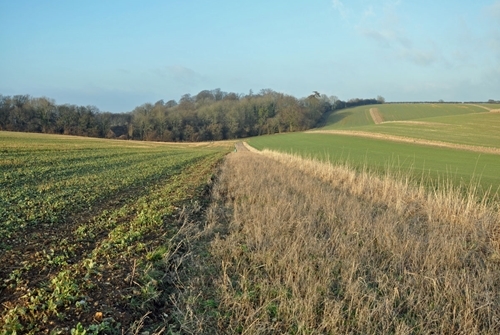Q: Weren’t neonics banned?
A: In the EU, the use of neonics was restricted in 2013 to prevent their use on crops that are attractive to bees. This was initially a two-year ban, which was extended in December 2015 to allow more time for scientific investigation. This is ongoing.
Q: Are they banned for all crops?
A: No. They cannot be used on bee-attractive crops listed in the legislation but can be used on some crops that bees do not feed or forage on. Crops such as kale, which are important components of game cover, flower in the second year after sowing, so neonic seed coatings are permitted. Neonic coating can be used on winter-sown cereals.
Q: If there is a possibility of harm to bees, shouldn’t we ban them anyway?
A: It depends on the alternatives. The world needs agriculture, but agriculture needs anti-pest treatments, both chemical and cultural. Agriculture also needs bees. It is a difficult and political balance.
Q: What are the alternatives?
A: Since the restrictions on neonic use, farmers have reverted to using older insecticides such as synthetic pyrethroids for these crops. However, there have been widespread problems with resistance to these products, as well as other environmental impacts, including toxicity to non-target species, especially aquatic invertebrates.
Q: Why does that matter?
A: Farmers have been unable to control certain pests using these older insecticides, resulting in repeated applications, sometimes up to five times. This means increased application costs, more harmful chemicals in the environment, negative effects on other species (including those pollinators we rely on), and pests remaining uncontrolled.
Q: But are these insecticides safer for bees?
A: No. These older insecticides can also be harmful to bees. For example, although now rarely used in the UK, one of the pyrethroid group, permethrin, was the tenth most toxic in a study of 100 insecticides. The warning “This product is very toxic to bees. Avoid spraying when bees are foraging”, or similar, is included on the insert for permethrin products.
Q: What happens next?
A: Some farmers have been losing crops, particularly oilseed rape, or switching away from growing these crops altogether.
Q: Can’t farmers manage without insecticides?
A: Commercial, large-scale agriculture needs pest control. The cost of crop production per hectare is high, and sometimes the inability to use pest or weed control would render the production of food unviable. The use of Integrated Pest Management techniques, for example beetle banks, can minimise the use of chemical pest and weed control, but insecticide use may be necessary to protect a crop when these techniques fail.

The use of Integrated Pest Management techniques, for example beetle
banks, can minimise the use of chemical pest and weed control.
Q: But haven’t farmers always sprayed all crops?
A: No. But there are more people to feed now, and we expect to pay less for food than we used to, so farmers must be more efficient. These are the methods that allow us to produce cheap food. Organic food is available, but is more expensive.
Q: So what is the answer?
A: No one knows for sure yet. We need to wait for further scientific evidence to guide us, and be cautious but practical in the meantime. Once we understand better the pathways of exposure, it may be possible to amend the way we manage the use of these products to reduce unwanted impacts.
Q: Why don’t we just ban them?
A: The fewer insecticides we are able to use, the more likely it is that resistance to the ones we can use will build up in the pest population, which can result in higher doses and more frequent spraying, all of which can have negative environmental impacts. Being able to use diverse classes of insecticides, which control pests through different metabolic pathways or at various stages in their life cycles, helps to prevent resistance building up.